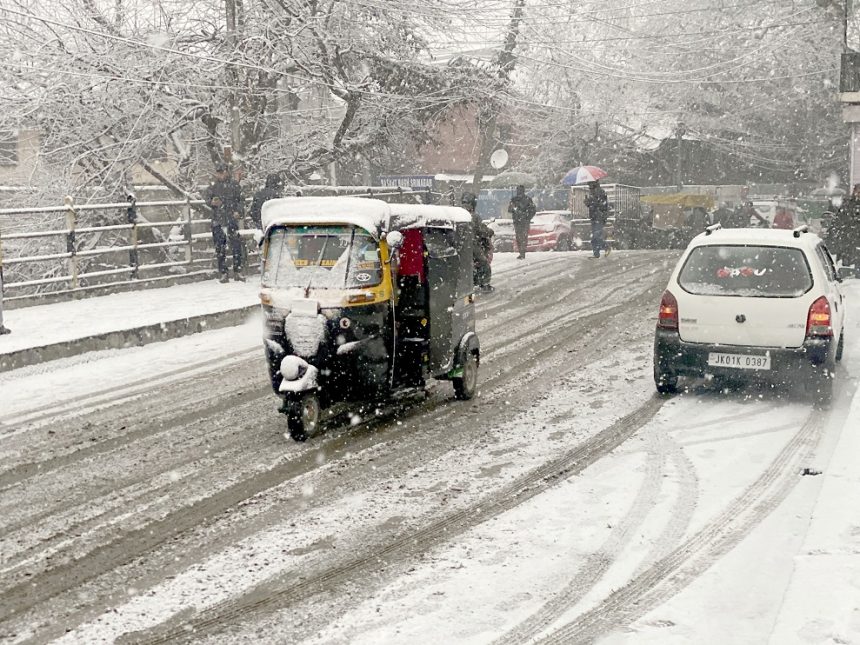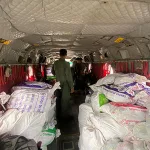Snowfall in Kashmir is more than just a spectacle; it is a natural blessing that enhances the region’s scenic beauty, attracting tourists worldwide. Beyond aesthetics, heavy snowfall is critical for agriculture and replenishing water reservoirs that sustain the valley’s ecosystem. However, the harsh winters also bring significant challenges, disrupting the daily lives of residents.
The persistent inability of the administration to establish robust infrastructure to combat these effects leaves citizens grappling with power outages, drinking water shortages, and inadequate snow clearance. Despite Kashmir’s long history of severe winters, these recurring issues remain inadequately addressed.
Heavy Snowfall: A Double-Edged Sword
Winters with heavy snowfalls are a hallmark of life in Kashmir. While the snow-covered landscapes boost tourism prospects, they also expose glaring infrastructural deficiencies. Snow accumulation blocks roads and highways, isolating villages and delaying essential services. Even a single day of snowfall can leave many areas stranded, delaying commutes and hampering emergency responses.
Power Outages: A Persistent Issue
Power disruptions during winter are a major concern. With temperatures dropping below freezing, uninterrupted electricity is crucial. However, frequent outages, especially in rural areas, leave residents relying on inefficient and environmentally harmful heating methods.
Heavy snowfall often damages power lines, and the absence of a quick repair system exacerbates the problem. Measures like smart meters and anti-power theft initiatives have done little to stabilize the supply during winters.
Drinking Water Shortages
The freezing temperatures often cause pipelines to burst, cutting off water supply in several areas. Many residents resort to melting snow for water, which is inconvenient and unsanitary. Despite available resources, the lack of winter-resilient infrastructure underscores the need for proactive planning.
Snow Clearance: A Lingering Problem
Uncleared snow disrupts mobility and connectivity, particularly on major routes like the Srinagar-Jammu National Highway. Prolonged closures impact the transport of essential goods and hinder tourism. Rural areas face even greater neglect, leaving roads inaccessible for days and endangering lives during medical emergencies.
Economic Fallout of Winters
The inefficiency in handling winter challenges severely impacts Kashmir’s economy. Blocked roads lead to wasted perishable goods, and poor infrastructure deters tourists. Residents face increased expenses on alternative heating and water sources, further straining household budgets.
Need for Infrastructure Development
Despite Kashmir’s annual tryst with harsh winters, the administration has failed to build resilient infrastructure. Investments in modern snow clearance equipment, underground power lines, and insulated water pipelines are urgently needed.
To ensure uninterrupted power, the region must modernize its grid and adopt alternative energy sources like solar and wind power. Similarly, winter-resilient water systems are critical to prevent recurring shortages.
Proactive Governance: The Way Forward
A comprehensive winter preparedness plan is essential to mitigate the challenges posed by snowfall. Key measures include:
- Modern Snow Clearance Machinery: Deploy advanced equipment and increase workforce for timely road and highway clearing.
- Strengthening Power Infrastructure: Upgrade power lines, establish alternative energy systems, and enhance response teams for quick repairs.
- Winter-Resilient Water Systems: Install insulated pipelines and adequate water storage facilities.
- Community Engagement: Involve locals in preparedness and emergency response initiatives.
Learning from Global Best Practices
Scandinavian countries, known for their severe winters, have invested in underground utilities, efficient public transport, and community-based snow clearance. By adopting similar strategies tailored to its unique context, Kashmir can improve its resilience and ensure smoother functioning during winters.
Conclusion
Snowfall in Kashmir is both a boon and a challenge. While it enriches the region’s beauty and supports agriculture, the accompanying disruptions highlight the pressing need for efficient governance and reliable infrastructure. Addressing these recurring challenges requires proactive planning, long-term investments, and innovative solutions.
By turning adversities into opportunities, Kashmir can transform its harsh winters into a season of sustainable growth, ensuring the well-being of its residents and setting an example of winter resilience.
(The author is a social activist and national TV debater. The views expressed are personal and he can be reached at: [email protected])








